SYSTEM UPGRADES
Solar PV system upgrades can enhance the performance, efficiency, and capabilities of existing solar energy systems, bringing you up to date with the latest innovations and technology, without breaking the bank.
By implementing solar PV system upgrades, homeowners, businesses, and organizations can optimize the performance, efficiency, and resilience of their solar energy systems, maximizing energy production, reducing energy costs, and contributing to a more sustainable future.
Regular evaluation and assessment of system performance, coupled with strategic upgrades and enhancements, ensure that solar PV systems remain efficient, reliable, and cost-effective investments for years to come.
Here are some common types of solar PV system upgrades:

Solar Panel Upgrades
Upgrading solar panels is a common way to improve the performance and efficiency of a solar PV system.
Newer panels often have higher efficiency ratings, improved durability, and enhanced technology, allowing for increased energy production and better overall system performance.
Upgrading to higher efficiency panels can maximize energy output per square meter of space, especially in installations with limited roof space.
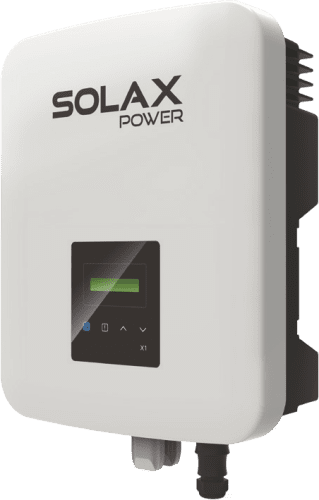
Inverter Upgrades
Inverters are critical components of solar PV systems responsible for converting DC electricity generated by the solar panels into usable AC electricity.
Inverter technology continues to evolve, with newer models offering improved efficiency, reliability, and advanced features such as MPPT (Maximum Power Point Tracking) algorithms, remote monitoring, and smart grid integration.
Upgrading to a newer, more efficient inverter can optimize system performance, increase energy yield, and extend both the capability and the lifespan of the system.
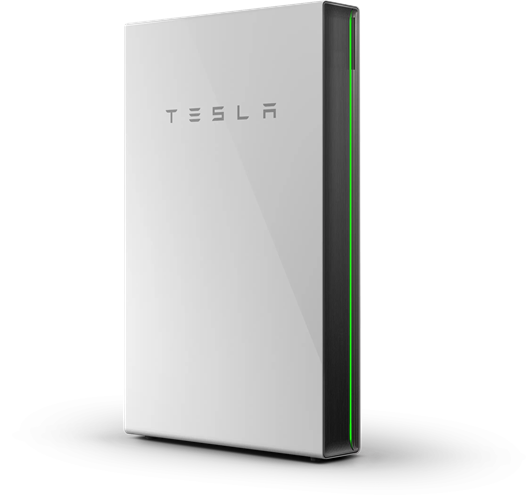
Battery Storage Integration
Adding battery storage to an existing solar PV system enables energy storage for later use, increasing self-consumption and potentially providing a backup source of power during grid outages, all whilst lowering you energy bills.
Additionally, if you have a tariff with time-of-use electricity pricing, such as Economy 7, having a solar battery storage system will allow you to store excess solar energy when electricity rates are low and discharge it when rates are high. This helps to offset higher electricity costs during peak hours and maximize savings on utility bills.
Retrofitting a solar PV system with battery storage capability helps you get the most out your solar PV system, reducing your reliance on grid-purchased electricity and lowering your energy costs.
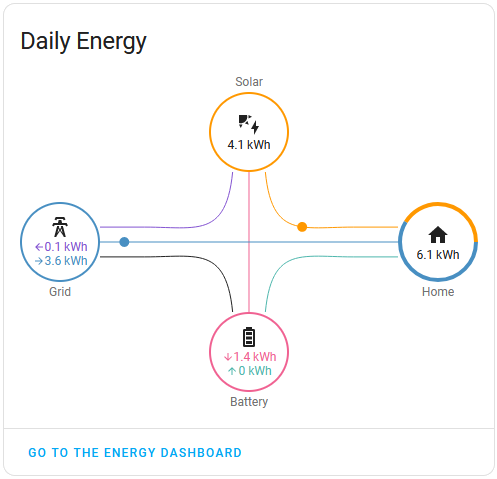
Monitoring & Control Systems
Upgrading the monitoring and control systems of a solar PV system enables real-time monitoring, data logging, and remote management of system performance and energy production.
Advanced monitoring platforms provide insights into energy consumption patterns, solar generation profiles, and system health, allowing users to optimize energy usage, identify potential issues, and track system performance over time.
Upgrading to a more sophisticated monitoring and control system enhances system visibility, efficiency, and user experience.
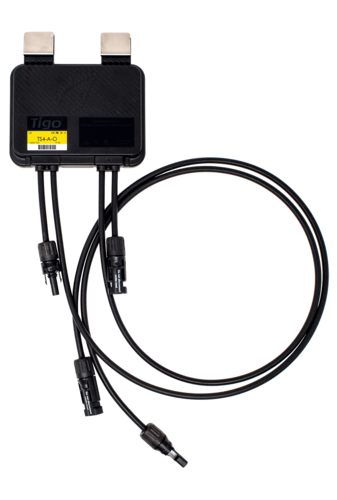
Efficiency Improvements & Retrofits
Retrofitting existing solar PV systems with energy efficiency improvements, such as solar optimisers and solar immersion controllers, can enhance both energy production and utilisation, helping to optimize your solar PV system performance.
Efficiency upgrades may also include improvements to system design, such as orientation, tilt angle, or shading mitigation strategies to maximize solar exposure and minimize energy losses.
Upgrading to more efficient components or retrofitting existing systems with advanced technologies improves overall system efficiency, reliability, and return on investment.

